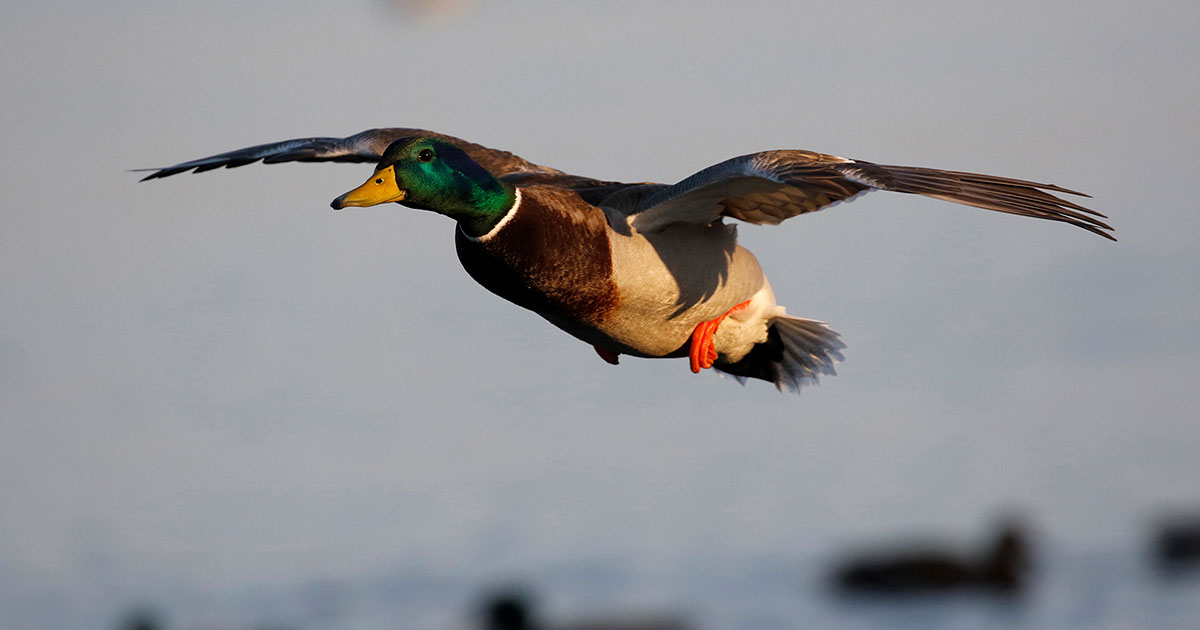Migration Alert: Northwest Missouri Duck Numbers Remain Strong
Dec. 8, 2023 – Mississippi Flyway – Northwest Missouri
Dec. 8, 2023 – Mississippi Flyway – Northwest Missouri

With just over 2 weeks of the duck season remaining, hunters in Missouri's North Zone are hopeful for another push of birds to help close the year out on a high note. Here's a look at current habitat conditions and bird numbers in this part of the state.
Overall, the number of waterfowl currently in Missouri stacks up well against historical figures, according to the Missouri Department of Conservation (MDC). The current statewide tally of 865,668 ducks is made up primarily of mallards (614,577). In addition, there are an estimated 128,220 snow geese, 12,420 white-fronted geese, and 6,267 Canada geese. All of those estimates are near or slightly above the MDC's 5-year and 20-year averages.
In northwest Missouri, key National Wildlife Refuges and state-managed conservation areas currently have the conditions needed to attract migrating waterfowl. Wetlands across this region remain ice-free, providing birds with roost and loafing areas and easy access to a variety of food resources.
Earlier this week, officials at Loess Bluffs National Wildlife Refuge near Mound City estimated just over 89,000 ducks, including nearly 77,500 mallards. At Swan Lake National Wildlife Refuge near Sumner, over 55,000 ducks were counted this week, with mallards again making up the majority of that figure (43,380).
On Monday of this week, 86 hunters harvested 179 ducks at MDC's Fountain Grove Conservation Area, for an average of just over two ducks-per-hunter. The MDC estimates that 85,000 ducks are currently found on the area's mix of managed wetlands and food resources, including over 50,000 mallards.
Tony Vandemore, co-owner and guide at nearby Habitat Flats, says that two main migration events provided the region with waterfowl.
"The first real migration of birds happened on October 27, and then we had another smaller push just after Thanksgiving," Vandemore says. Each migration event lines up with a significant weather system that impacted Canada, North Dakota, and South Dakota.
"It feels like we are slightly behind what I would expect our bird numbers to be for this time of the year, but the ones that are here are cooperating. The hunting has been good, and we've noticed young birds in the bag, which is a good sign."
As the clock ticks down on the hunting season in this region, Vandemore is hopeful to see more birds arrive, but he recognizes that the brand of weather needed to push hardy mallards and Canada geese into Missouri may be a tall order.
"As of now, it sure doesn't look like there is any weather coming for the Dakotas and other areas north of us to send new birds our way," Vandemore says. "We'll keep our fingers crossed, I guess. All in all, though, it has been a good season, no matter what."
Stay up to date with the latest migration information.